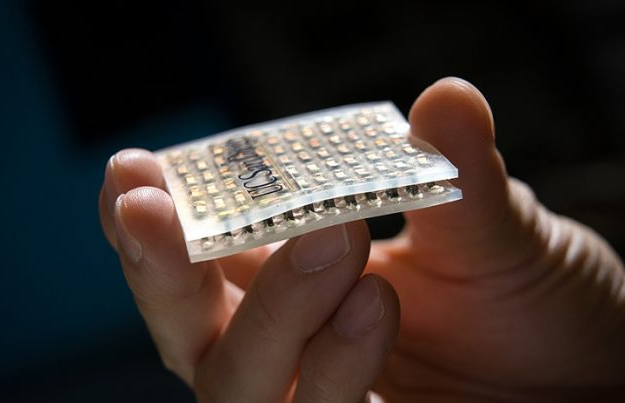In a world that increasingly leans towards sustainability and ecological awareness, our understanding of the natural environment is undergoing a profound transformation. One exciting development is the emergence of wearable plant sensors, which offer us a unique glimpse into the lives of the green companions we share our planet with. Will wearable plant sensors redefine our relationship with nature, offering unprecedented insights into the world of plants?
The Green Connection:
In the not-so-distant future, humans and plants may forge an even deeper connection, thanks to wearable plant sensors. These tiny, unobtrusive devices are designed to be worn by plants, enabling them to communicate their needs, health, and even their emotions. The goal? To create a harmonious ecosystem where we are in tune with nature like never before.
How Wearable Plant Sensors Work:
At the heart of these futuristic devices are sophisticated sensors capable of monitoring a plant’s vital signs. Here’s how they work:
- Biometric Monitoring: Wearable plant sensors can measure key biometric indicators such as moisture levels, temperature, humidity, and even nutrient status. These metrics provide valuable insights into a plant’s health and overall well-being.
- Data Transmission: The data collected by the sensors is transmitted to a central database or a mobile app. This real-time information allows plant owners to receive updates on their plants’ conditions instantly.
- Machine Learning: Advanced machine learning algorithms analyze the data, enabling the system to detect patterns and anomalies. For instance, a sudden drop in moisture levels might indicate that the plant needs watering.
Revolutionizing Agriculture:
The agricultural sector stands to gain immensely from wearable plant sensors. Imagine a world where farmers can remotely monitor the conditions of their crops and intervene precisely when needed. These sensors can optimize resource usage, minimize wastage, and increase crop yields, all while reducing the environmental impact of farming.
Elevating Urban Greenery:
In urban environments, where green spaces are often limited, wearable plant sensors can ensure that city trees and parks thrive. Municipalities can use this technology to monitor the health of their green assets, ensuring they provide maximum ecological and aesthetic benefits.
Empowering Personal Gardens:
For gardening enthusiasts, wearable plant sensors can be invaluable. They provide real-time data that helps individuals tailor care to the specific needs of each plant. This not only fosters healthier, more vibrant gardens but also deepens the connection between humans and nature.
Challenges and Ethical Considerations:
As with any technological advancement, wearable plant sensors raise certain challenges and ethical questions. Issues like data privacy, the potential for over-reliance on technology, and the need for responsible manufacturing and disposal must be carefully addressed.
Final Thoughts
The future of wearable plant sensors is ripe with potential. It’s a future where humans and plants coexist in a more harmonious and mutually beneficial relationship. As we continue to explore this fascinating frontier, we have the opportunity to create a world where nature isn’t just something we admire from afar but a dynamic, interconnected part of our daily lives. The wearable plant sensor revolution is poised to change the way we nurture and understand the green world around us, propelling us towards a greener, more sustainable future.


Leave a Reply